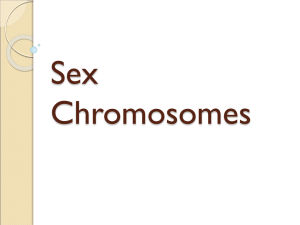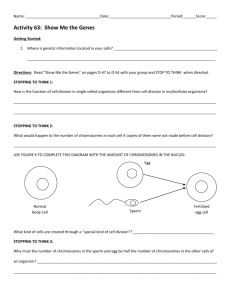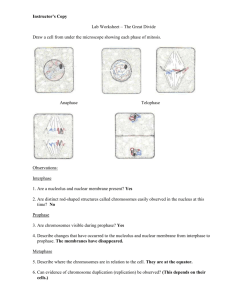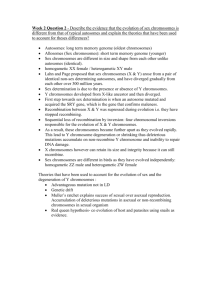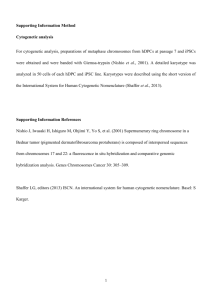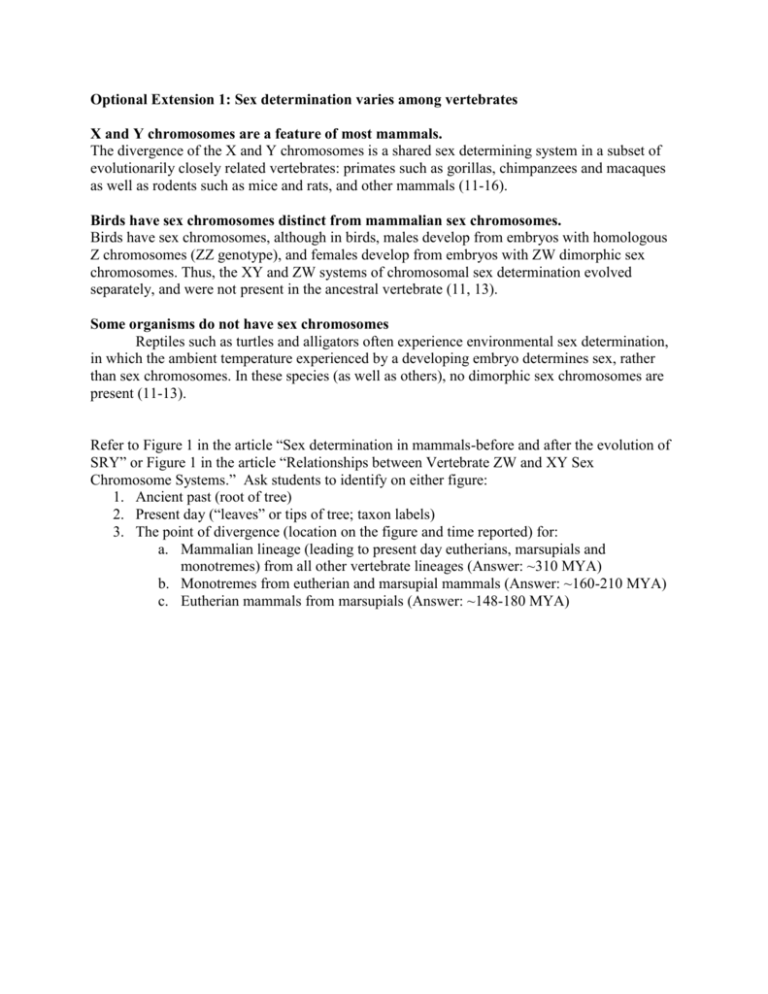
Optional Extension 1: Sex determination varies among vertebrates
X and Y chromosomes are a feature of most mammals.
The divergence of the X and Y chromosomes is a shared sex determining system in a subset of
evolutionarily closely related vertebrates: primates such as gorillas, chimpanzees and macaques
as well as rodents such as mice and rats, and other mammals (11-16).
Birds have sex chromosomes distinct from mammalian sex chromosomes.
Birds have sex chromosomes, although in birds, males develop from embryos with homologous
Z chromosomes (ZZ genotype), and females develop from embryos with ZW dimorphic sex
chromosomes. Thus, the XY and ZW systems of chromosomal sex determination evolved
separately, and were not present in the ancestral vertebrate (11, 13).
Some organisms do not have sex chromosomes
Reptiles such as turtles and alligators often experience environmental sex determination,
in which the ambient temperature experienced by a developing embryo determines sex, rather
than sex chromosomes. In these species (as well as others), no dimorphic sex chromosomes are
present (11-13).
Refer to Figure 1 in the article “Sex determination in mammals-before and after the evolution of
SRY” or Figure 1 in the article “Relationships between Vertebrate ZW and XY Sex
Chromosome Systems.” Ask students to identify on either figure:
1. Ancient past (root of tree)
2. Present day (“leaves” or tips of tree; taxon labels)
3. The point of divergence (location on the figure and time reported) for:
a. Mammalian lineage (leading to present day eutherians, marsupials and
monotremes) from all other vertebrate lineages (Answer: ~310 MYA)
b. Monotremes from eutherian and marsupial mammals (Answer: ~160-210 MYA)
c. Eutherian mammals from marsupials (Answer: ~148-180 MYA)

